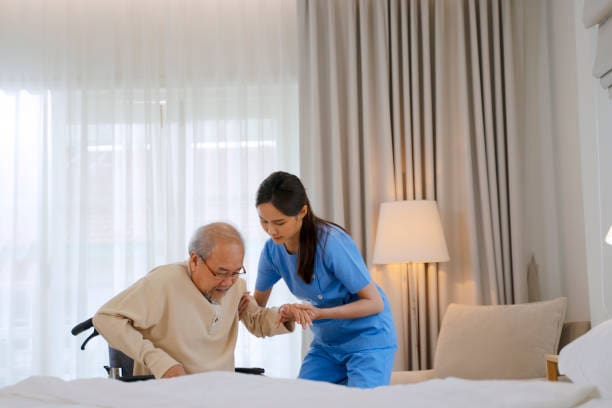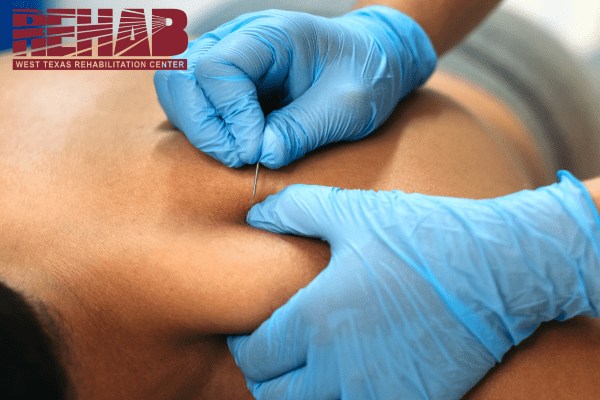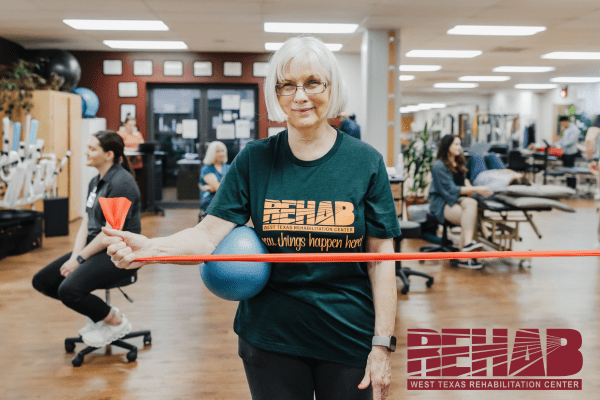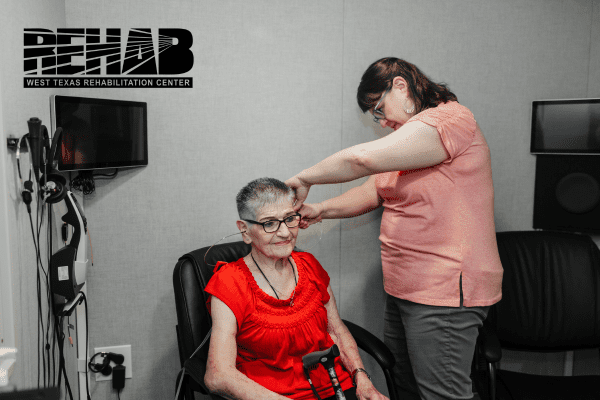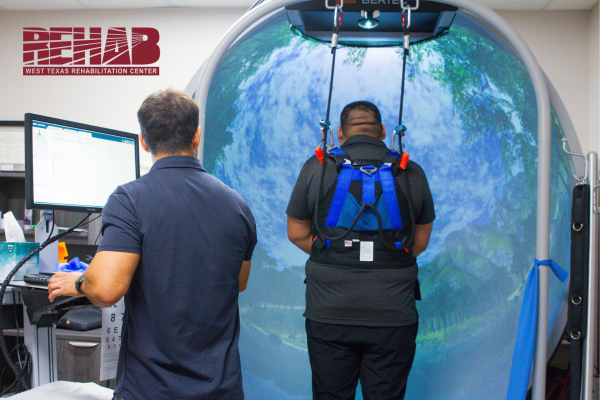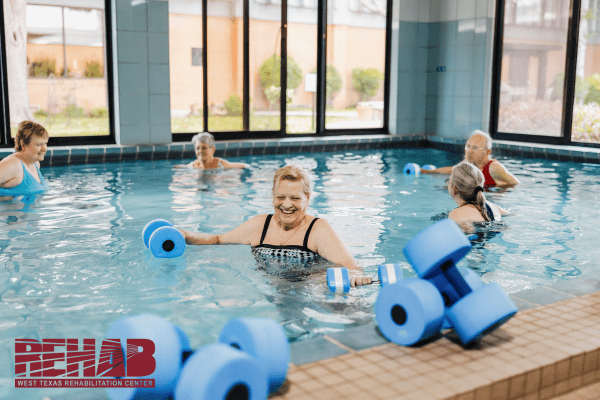For many people, the word hospice sparks an immediate sense of fear. It’s whispered quietly in hospital rooms, often followed by tears, uncertainty, or silence. We associate hospice with endings — the end of treatment, the end of hope, the end of life.
But what if we looked at hospice differently?
What if hospice wasn’t a word to fear, but one to embrace — a form of compassionate care focused on living fully, comfortably, and with dignity?
Hospice Isn’t About Giving Up — It’s About Focusing on What Matters
Hospice care isn’t about stopping care; it’s about changing the type of care you receive. Instead of focusing on curing an illness, hospice focuses on comfort, quality of life, and support — for both patients and families.
When medical treatments become more burdensome than beneficial, hospice offers a shift in priorities: from extending time at all costs to making the most of the time that remains.
It’s not giving up hope; it’s redefining it.
Hope can mean relief from pain, meaningful conversations, laughter with loved ones, or simply peace at home surrounded by those who matter most.
Hospice Helps Patients Live Better — Not Just Longer
Many people are surprised to learn that patients who enter hospice care sometimes live longer than those who don’t. That’s because hospice focuses on holistic wellbeing — managing pain, reducing anxiety, and creating an environment of emotional and spiritual support.
When someone is cared for by a team that understands their physical and emotional needs, they can often relax, find comfort, and reclaim moments of joy that illness had taken away.
Families Find Support, Too
Hospice isn’t just for the patient — it’s for the family. The journey through serious illness can be overwhelming. Hospice teams include nurses, aides, social workers, chaplains, and counselors, and volunteers who help families navigate every step. They provide guidance, respite, and grief support that continues long after a loved one has passed.
Families often say, “I wish we’d called hospice sooner.”
That’s because once they experience the warmth, compassion, and peace that hospice brings, they realize it’s not about dying — it’s about living well until the very end.
Hospice Is About Dignity and Choice
One of the greatest gifts hospice gives is control. It allows patients and families to make decisions that reflect their values and wishes. Whether that means spending time at home, listening to favorite music, or being surrounded by loved ones — hospice ensures that those final days are spent with dignity and intention.
Changing the Conversation
It’s time we change how we talk about hospice.
It’s not a dark, final word. It’s a word that stands for comfort, compassion, and care.
When we remove the fear and stigma, we open the door to meaningful conversations — about life, love, and what truly matters most.
So if you ever hear the word “hospice,” take a deep breath.
It doesn’t mean the end. It means help, peace, and support are available — for both you and your loved ones.
For more information about Hospice and Bereavement Services available through
West Texas Rehabilitation Center which covers Abilene, San Angelo and 27 surrounding counties contact us today:
Hospice of San Angelo- 325-658-6524
Hospice of the Big Country- 325-793-5450

